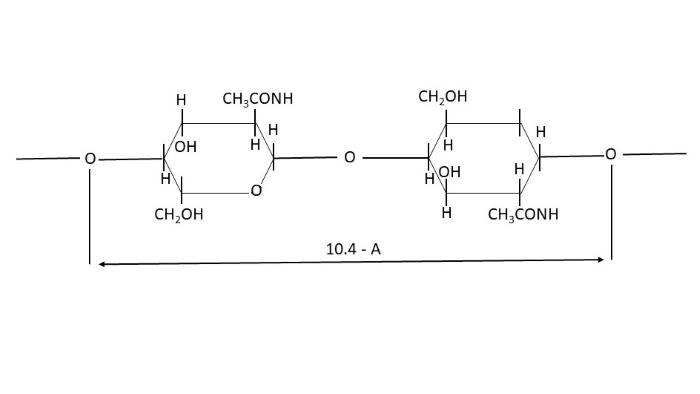What is Integument? / Integument definition. For Insect.
The physiology of growth in insects is so profoundly influenced by the properties of their integument- it becomes a very interesting characteristic part of insects' bodies. It consists of a single layer of epidermal cells which is present on the surface of the animal and it gives rise to a number of important components like the buccal cavity and foregut, the trachea, the lower genital ducts and the multifarious glands that upon the surface.
(A) Epidermis:- The epidermis is seen in it’s full development, only when the new cuticle is being laid down apical part of the epidermal cell is striated with extensions into the vertical filaments(pore canals) of the cuticle. Differentiation from the epidermis are the dermal glands which send fine ducts through the cuticle and the oenocytes which may remain applied to its lower surface. The epidermis rests upon a basement membrane probably formed from the condensed processes of epidermal cells with haemocytes adherent to its lower surface and contributing to its substance.
(B) Cuticle:- The cuticle covering the epidermis may be excessively delicate pellicle or a thick, dense, horny armour such as that which encases the thorax and appendages of many beetles. It consists of three main layers.
- An outer thin refractile membrane sometimes darkly pigmented, often called the epicuticle.
- Below this is a rigid layer, black or amber coloured called exocuticle. It composes one half to one twelfth of the thickness.
- Finally there is a thick colourless elastic layer the endocuticle which makes up the greater part of the entire structure.
- Finally there is commonly a distinct layer between cuticle and epidermis containing a nucoid component and serving to unite cells and cuticle, this is called the sub-cuticle.
(C) Epicuticle:- It is a complex structure made up of several layers. Histologically, it is sometimes possible to recognize at least three layers.
- A layer of variable thickness, the ‘cuticulin’ layer which is the refractile epicuticle. Cuticulin is composed of lipoprotein.
- A very thin covering layer of ‘cement’ which may be detached by treatment with wax solvents.
Endocuticle and exocuticle and their modifications:-
The endocuticle is usually made up of obvious horizontal lamellae. They represent the layers of cuticles deposited on successive days. Rigidly in the cuticle is commonly supplied by the hardness of the exocuticle. Sometimes the cuticle is modified to form cuticular spines, each attached to the margins of a socket by a thin flexible membrane. The exo and endocuticle are transversed by numerous vertical lines called ‘pore canals’ by leydig(1855) and were regarded by him as filamentous processes of cytoplasm from the epidermal cells, around which the non-living substance of the cuticle was secreted.
The integument, the outer surface, is the product of a single layer of ectodermal epithelium. That layer is connected to the external part of the inner layer, the non-cellular internal membrane of the integument, basement membrane. The layer of epithelium on the basement membrane produces the cuticle, whose most important component is chitin. Chitin plays the major important part in integument where flexibility is necessary, such as in bodily parts that must stretch to contain accumulated liquids, or that form joints between rigid parts of the exoskeleton.
The physiochemical nature of the chitin:-
The best known constituent of the cuticle is the nitrogenous polysaccharide, named chitin. Chitin has the empirical formula (C8H13O5N)n . But sometimes chitin is described as cellulose with one hydroxyl group on each monomer replaced with an acetyl amine group. Which actually creates the increased hydrogen bonding between adjacent polymers, as the chitin-polymer matrix increased strength.
Chitin is insoluble in water, alcohol, ether and other organic solvents, dilute acids, dilute and concentrated alkalis. The mode of synthesis of chitin is not fully known but there is evidence that uridine diphosphate N-acetyl-glucosamine.

Chitin is usually the main constituent of the endocuticle of which it forms about 60 percent of the dry weight in periplaneta. It is present also in the exocuticle to the extent of 22 percent in periplaneta, but it is completely absent from the epicuticle.
- 50 reads
